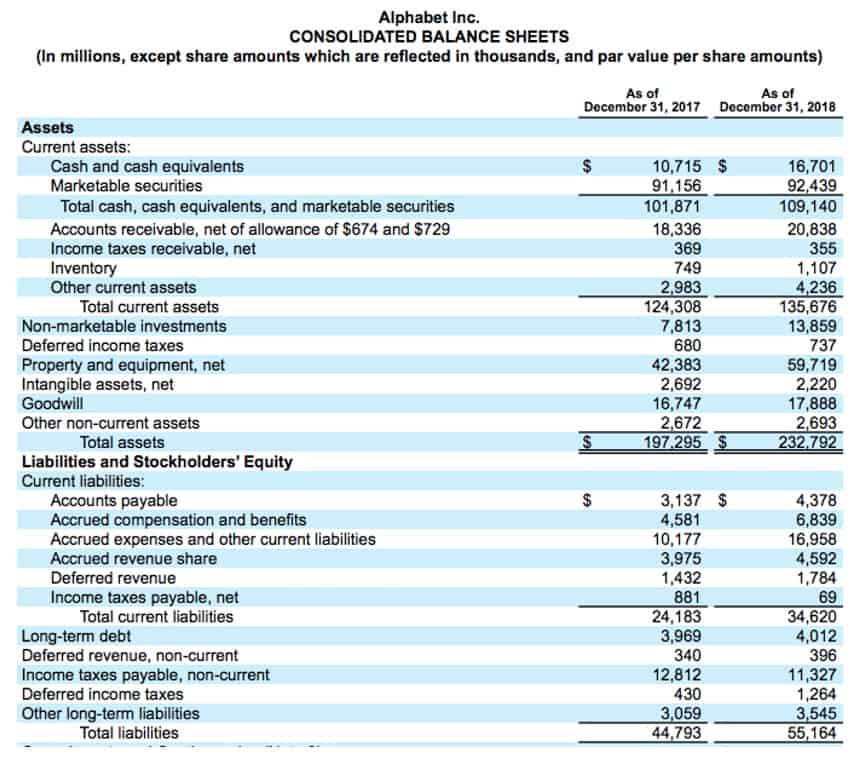
Let’s consider a company with an operating profit of $500,000 and a capital employed of $2,000,000. Capital Employed can be calculated as the sum of equity and long-term debt, or as total assets minus current liabilities. ROI is calculated by dividing the net gain or profit from an investment by the initial cost of the investment and then multiplying by 100 to express it as a percentage. Let’s consider a construction project where the budgeted cost for completing a building is $500,000.

What Is Enterprise Risk Management: Understanding ERM And How It Works
Let’s consider a manufacturing company that budgets a standard production volume of 1,000 units but https://www.bookstime.com/ actually produces 900 units during a period. This represents the profit generated from the company’s core business operations before considering interest and taxes. Operating Income helps assess the profitability and efficiency of a company’s operations, enabling better financial analysis, performance evaluation, and decision-making. A positive efficiency variance indicates that more resources were used than expected, resulting in increased costs.
Create a Free Account and Ask Any Financial Question
- Examples of period expenses include vendor bills, storage for supplies or inventory not generating revenue, borrowing money to cover current costs, etc.
- Efficiency Variance Percentage is a financial metric used in variance analysis to measure the efficiency or productivity performance of a company’s operations.
- Therefore, the Payback Period for this investment is approximately 3.33 years.
- For companies, this purpose includes producing and selling their products and services.
- When the product is manufactured and then sold a corresponding amount from the inventory account will be moved to the income statement.
Sourcetable, an AI-powered spreadsheet, revolutionizes how businesses handle calculations. Its intuitive interface and built-in AI capabilities make it incredibly straightforward to perform complex total period costs formula computations, including the calculation of total period costs. Sourcetable also offers the unique feature of experimenting with AI-generated data, ensuring a more versatile data analysis experience. Proper calculation of period costs is crucial for accurate financial reporting. Period costs are subtracted from gross profit to calculate the net income for the period. Misclassification or inaccurate calculation can lead to misstated net income, affecting business decisions and financial health evaluation.

How confident are you in your long term financial plan?

Average Cost (AC) is calculated by dividing the total cost incurred in producing goods or providing services by the total number of units produced or services rendered. A period of costs is charged to the income statement in the period they incur. This cost is excluded from the cost of goods sold, which is reported in the top line of the income statement. Instead, these expenses are attributed to general administrative and selling expenses. The main benefit of classifying costs as either product or period is that it helps managers understand where their costs are being incurred and how those costs relate to the production process. This information can be used to make decisions about where to allocate resources and how to improve efficiency.
ROE is used to assess the financial performance and profitability of a company from the perspective of its shareholders. It measures the company’s ability to generate profit using the funds invested by shareholders. A higher ROE indicates better profitability and efficiency in utilizing shareholders’ equity, which is generally desirable. Investors, analysts, and stakeholders frequently use ROE to assess a company’s financial health, benchmark it against competitors, and evaluate the returns produced for shareholders.
- See it in action with a 15-day free trial or spare a spot at our weekly public demo to have your questions answered.
- It provides a measure of how actual costs compare to expected or planned costs.
- Such insights help in budgeting, cost management, and strategic planning—essential components of effective business administration.
- Economic Order Quantity (EOQ) is a formula used in inventory management to determine the optimal order quantity that minimizes total inventory costs.
- Other examples of period costs include marketing expenses, rent (not directly tied to a production facility), office depreciation, and indirect labor.
This indicates that for every dollar invested, there is a 25% return or gain. ROI helps investors assess the profitability of their investments and compare them to alternative investment opportunities. It is a valuable metric for making informed investment decisions and evaluating the performance of investment portfolios.

Period costs play a vital role in a company’s financial statements and overall financial management. By understanding and tracking these expenses, businesses can accurately report their financial performance, make informed decisions, and plan for the future. By differentiating period costs from product costs, businesses can ensure proper allocation of expenses and optimize their operations. It helps businesses analyze their cost structure, determine pricing strategies, assess profitability, and make informed decisions regarding production https://x.com/BooksTimeInc volumes and cost control measures. By calculating the variable cost per unit, businesses can evaluate the impact of variable costs on their overall cost structure and profitability. Period costs are not tied to a product or the cost of inventory like product costs are.
Leave a Reply